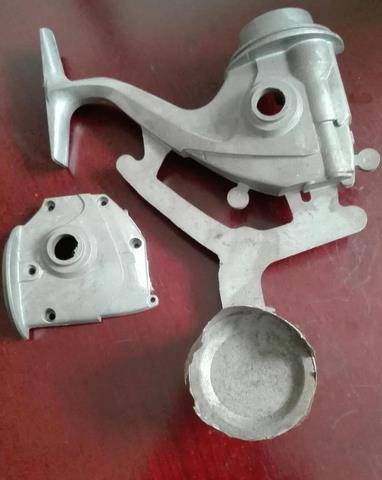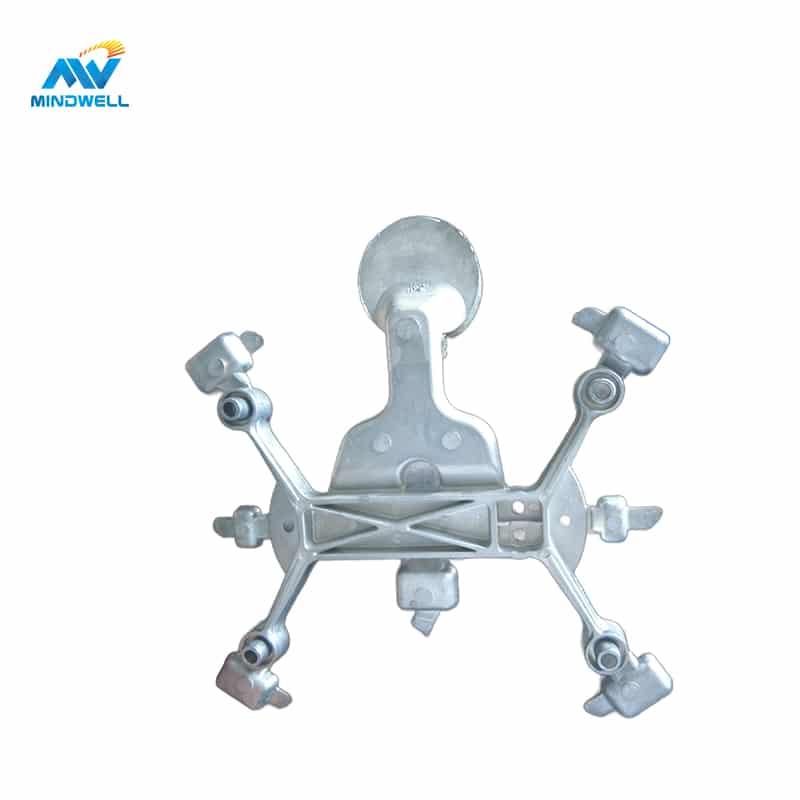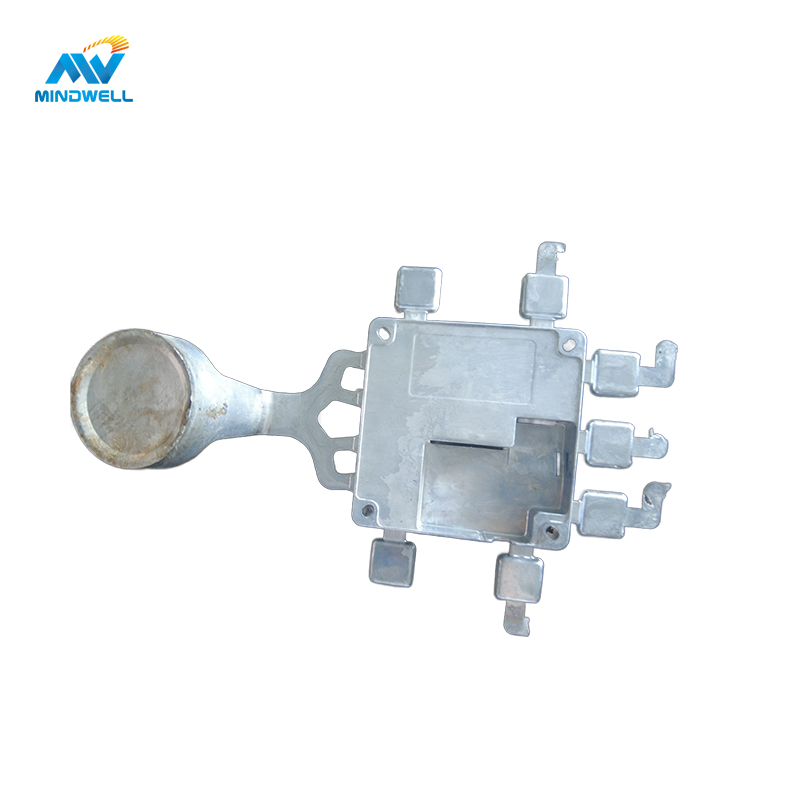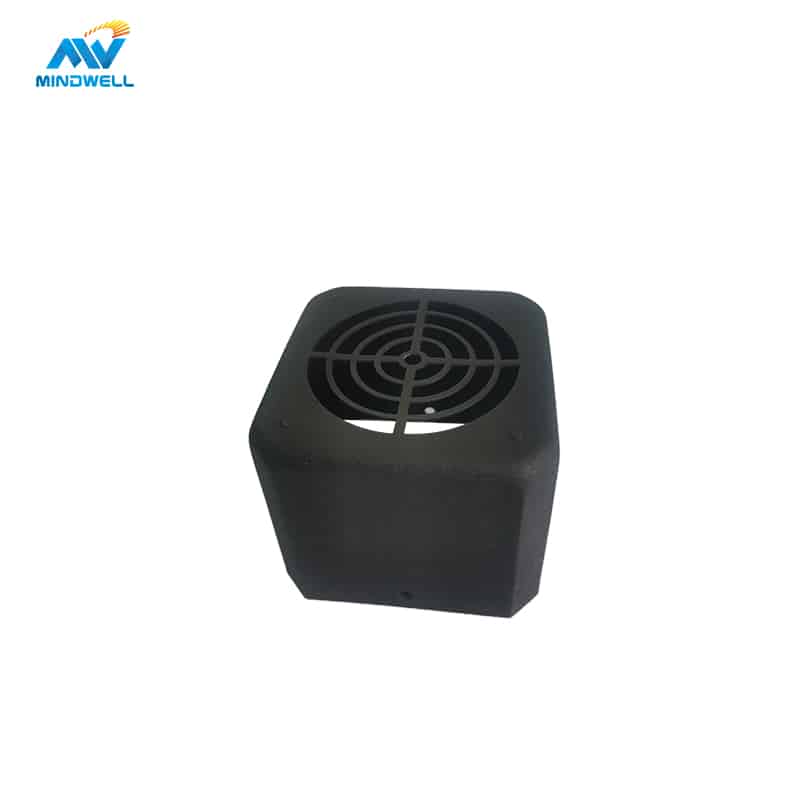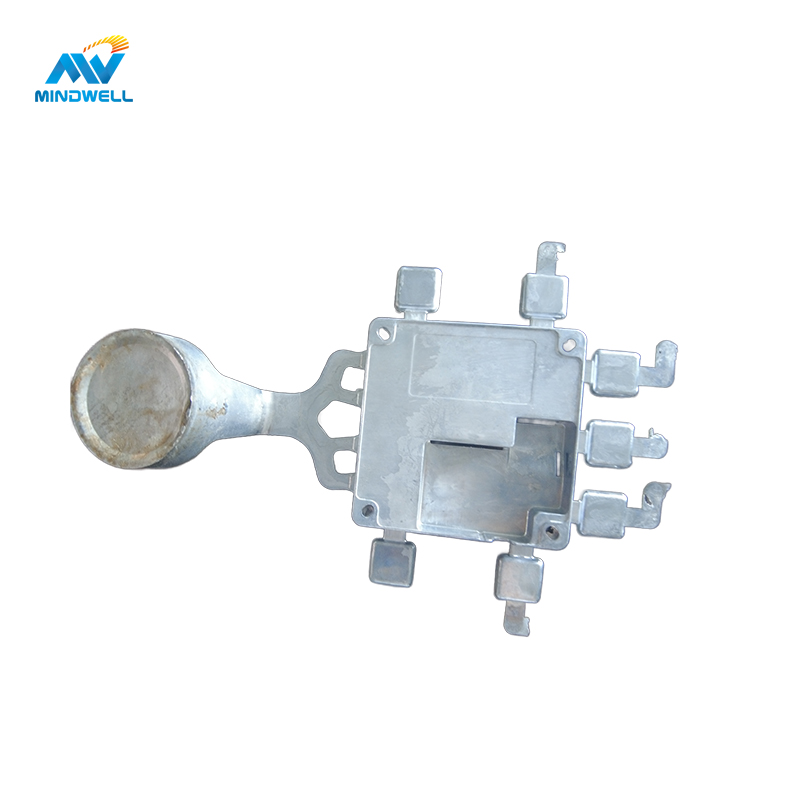Hot chamber die casting products are a process of producing metal parts through a hot chamber die casting machine. The main feature is that the injection system is always filled with molten metal, so it is called a “hot chamber”. Hot chamber dies casting is primarily suitable for low melting point alloys, as the injection system is continuously exposed to high temperatures, making it unsuitable for high melting point metals such as aluminum. Due to the die-casting characteristics and material properties, the hot chamber die-casting process is widely used to produce small and medium-sized parts with complex geometries.

Hot Chamber Die Casting Process
Compared with cold chamber die casting, the hot chamber die casting process requires fewer steps and equipment, and the cycle time is faster, which can greatly improve the production rate, as well as the hot chamber die casting products with higher surface finish.
The hot chamber die-casting process includes the following steps:
1. Close the mold and dip the gooseneck or ladle into a bath of molten metal, usually a zinc-based alloy.
2. When the gooseneck or ladle is submerged, the piston forces the molten metal up through the gooseneck or ladle into the injection system where it maintains high pressure.
3. The injection system consisting of the nozzle and the injection sleeve is then opened to allow the molten metal to flow into the mold cavity, filling it completely.
4. After the metal has solidified, the mold is opened and the casting is removed.
Materials suitable for hot chamber die casting
There are many die casting materials suitable for hot chamber die-casting. The most important point is that they have a low melting point. When we choose materials, we can choose the appropriate materials according to the application of our products, and see whether the physical properties, mechanical properties, and corrosion resistance of the materials are good. It meets our requirements for the use of die-casting parts, and factors such as production cost and processing difficulty must also be considered.
The materials of hot chamber die casting mainly include:
- Aluminum alloy: Aluminum alloy has good fluidity and wettability, suitable for hot chamber die casting. Commonly used aluminum alloys include ADC12, A380, etc.
- Magnesium alloy: Magnesium alloy has a lower melting point and high specific strength, suitable for high temperature and high strength applications. Commonly used magnesium alloys include AZ91D, AM60B, and so on.
- Copper Alloys: Copper alloys have good thermal and electrical conductivity and are suitable for high-temperature and electrical conductivity applications. Commonly used copper alloys include copper, brass, and the like.
- Zinc alloy: Zinc alloy has a low melting point, good wettability, and corrosion resistance, suitable for high precision and mass production. Commonly used zinc alloys include the Zamak series.
- Ferroalloys: Ferroalloys have high strength and hardness, and are suitable for manufacturing engineering parts and auto parts. Commonly used iron alloys include iron-aluminum alloys, iron-nickel alloys, and the like.
Working principle of hot chamber die casting
- The first step in the hot chamber die-casting process is the melting of the metal. In a hot chamber, a furnace is used to heat the metal to its melting point. Normally a material with a lower melting point is chosen, and once the metal is melted, it is kept in the hot chamber of the hot chamber die casting machine, ready to be injected into the mold.
- The second step is to inject the molten metal into the mold cavity. The injection is done under high pressure, usually with a plunger or plunger. The pressure ensures that the molten metal fills all the intricate details of the mold and solidifies quickly.
- After the molten metal is poured into the mold, it is rapidly cooled and solidified. Cooling channels built into the mold facilitate the cooling process and help dissipate heat from the metal. Cooling time depends on the size and complexity of the casting.
- Ejection: After the metal has completely solidified, the mold is opened and the finished casting is removed. Castings are typically ejected using ejector pins or mechanical ejection systems. The mold can then be closed again for the next cycle.
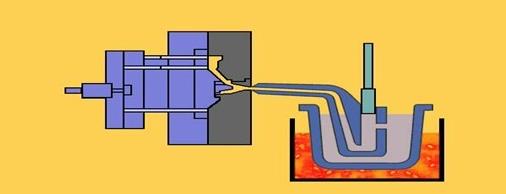
Advantages of Hot Chamber Die Casting
Hot chamber die casting is an efficient and precise die-casting process, which has the following advantages over traditional cold chamber die casting:
- High flexibility: hot chamber die casting can be applied to the production of castings of various materials, including aluminum alloy, magnesium alloy, zinc alloy, etc. At the same time, it is also suitable for the manufacture of the most complex shapes of castings.
- High formability: The melting and injection process of hot chamber die casting is carried out in the hot chamber, so it can provide a high temperature and high-pressure environment so that the casting has higher formability and fluidity of liquid metal.
- High precision and surface quality: hot chamber die casting has better casting surface quality, reducing the generation of porosity and defects. What’s more, it enables greater precision and dimensional consistency, reducing the need for post-processing.
- High production efficiency: The hot chamber die-casting process can realize high-speed injection and rapid cooling, which greatly shortens the production cycle. At the same time, since the heating chamber is independent of the die-casting machine, multiple heating chambers can be prepared at the same time and produced on different die-casting machines, which improves production efficiency.
- Environmental protection: In the process of hot chamber die casting, the generation of scrap and waste products is reduced through precise temperature control and liquid metal volume control. In addition, since hot chamber dies casting is an automated production process, it also reduces the chances of operators coming into contact with molten metal and improves work safety.
To sum up, hot chamber die casting has the advantages of high flexibility, high forming ability, high precision and surface quality, high production efficiency, and environmental protection. We can comprehensively evaluate the choice of die-casting process and choose a suitable die-casting process. At MindWell, sometimes customers will send us drawings, and we also recommend suitable die-casting processes to customers based on the process requirements of the customized die-casting service.
Parts suitable for hot chamber die-casting production
Hot chamber die casting is suitable for manufacturing parts with high density, high precision requirements, and complex shapes, including but not limited to the following categories:
- Engine parts: such as cylinder head, cylinder block, crankcase, etc.
- Automobile parts: such as chassis components, steering gear housings, suspension parts, etc.
- Communication equipment parts: such as mobile phone cases, server radiators, etc.
- Home appliance parts: such as TV frames, washing machine shells, etc.
- Military parts: such as weapon accessories, equipment casings, etc.
- Aerospace parts: such as aircraft engine casings, fuselage components, etc.
The hot chamber die-casting process can be cast at a higher temperature, has good fluidity and filling properties, can manufacture parts with complex shapes, and has high compactness and consistency. This makes the hot chamber die-casting process very suitable for the production of the above types of parts
